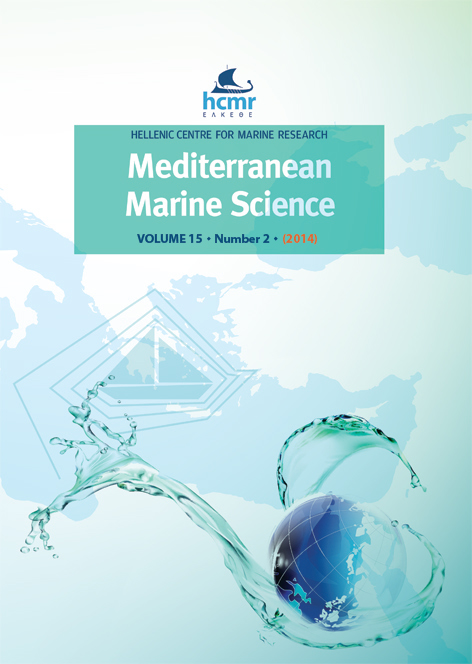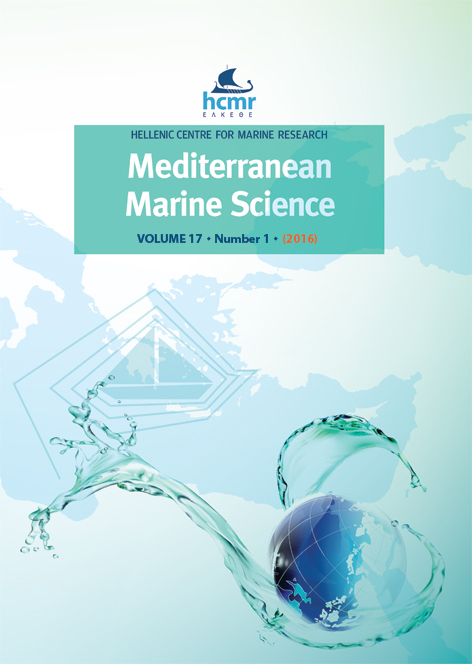Applying a two-stage Bayesian dynamic model to a short lived species, the anchovy in the Aegean Sea (Eastern Mediterranean). Comparison with an Integrated Catch at Age stock assessment model.

Abstract
Two different stock assessment models were applied to the North Aegean Sea anchovy stock (Eastern Mediterranean Sea): an Integrated Catch at age Analysis and a Bayesian two-stage biomass based model. Commercial catch data over the period 2000-2008 as well as acoustics and Daily Egg Production Method estimates over the period 2003-2008 were used. Both models results were consistent, indicating that anchovy stock is exploited sustainably in relation to an exploitation rate reference point. Further, the stock biomass appears stable or increasing. However, the limitations in age-composition data, potential problems related to misinterpretation of age readings along with the existence of missing values in the survey data seem to favour the two-stage biomass method, which is based on a simplified age structure.
Article Details
- How to Cite
-
GIANNOULAKI, M., IBAIBARRIAGA, L., ANTONAKAKIS, K., URIARTE, A., MACHIAS, A., SOMARAKIS, S., SANCHEZ, S., & ROEL, B. A. (2014). Applying a two-stage Bayesian dynamic model to a short lived species, the anchovy in the Aegean Sea (Eastern Mediterranean). Comparison with an Integrated Catch at Age stock assessment model. Mediterranean Marine Science, 15(2), 350–365. https://doi.org/10.12681/mms.509
- Issue
- Vol. 15 No. 2 (2014)
- Section
- Research Article
Authors who publish with this journal agree to the following terms:
- Authors retain copyright and grant the journal right of first publication with the work simultaneously licensed under a Creative Commons Attribution Non-Commercial License that allows others to share the work with an acknowledgement of the work's authorship and initial publication in this journal.
- Authors are able to enter into separate, additional contractual arrangements for the non-exclusive distribution of the journal's published version of the work (e.g. post it to an institutional repository or publish it in a book), with an acknowledgement of its initial publication in this journal.
- Authors are permitted and encouraged to post their work online (preferably in institutional repositories or on their website) prior to and during the submission process, as it can lead to productive exchanges, as well as earlier and greater citation of published work (See The Effect of Open Access).







